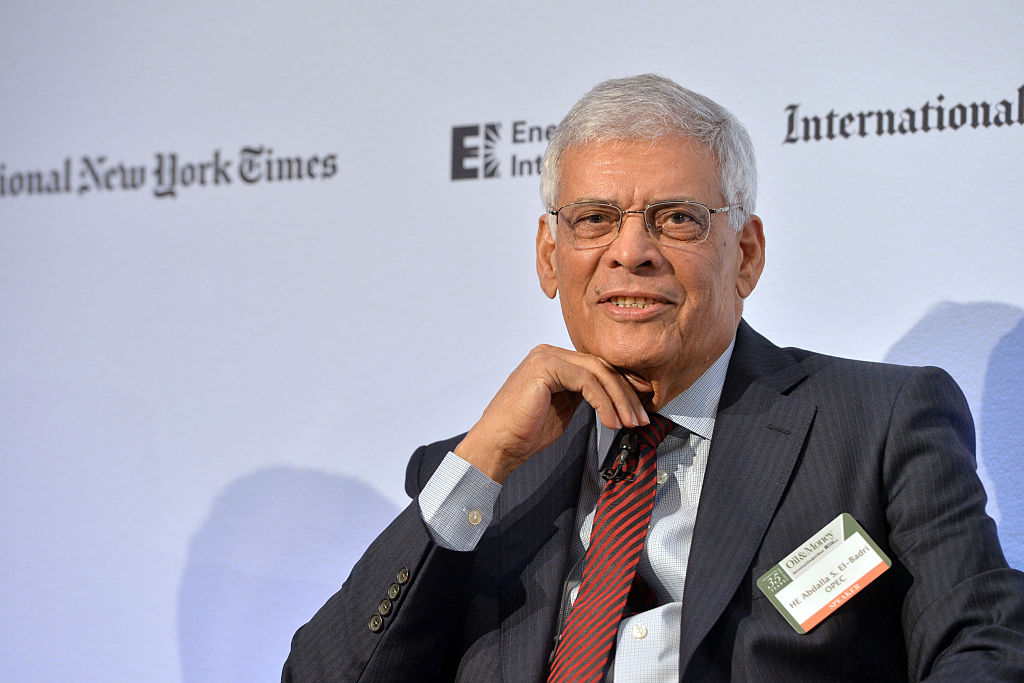Oil prices propped up by OPEC+ supply cuts amid gloomy economic forecasts

Oil prices have stabilised today after three straight weeks of gains, with further supply cuts from OPEC+ propping up both major benchmarks amid concerns of weakening global growth which could hamper fuel demand.
Brent Crude was down 0.4 per cent, trading at $84.78 per barrel on Monday evening, with WTI Crude sliding 0.37 per cent to $80.40 per barrel.
Both benchmarks both leapt more than six per cent last week after oil cartel OPEC and its allies including Russia, known as OPEC+, surprised investors with further cuts to oil output.
It announced plans to slash production by 1.16m barrels per day from next month, on top of the swingeing 2m barrels per day cuts it has already announced for this year.
This followed weeks of decline and stagnation amid fears over contagion after the collapse of Silicon Valley Bank and the forced, last-ditch merger of UBS and Credit Suisse.
There were also concerns over sustained hawkishness in Federal Reserve policy, with chair Jerome Powell persisting with interest rate hikes.
This saw Brent Crude prices tumble from $86.18 per barrel to $72.77 per barrel over an 11 day decline last month.
Nevertheless, OPEC and the International Energy Agency (IEA) have maintained bullish demand forecasts this year – based on strong fundamentals and expectations of rebounding consumption in Asia later this year.
The latest cuts have strengthened their case by also putting pressure on supplies.
Oil prices under pressure from economic pain
Prices have since risen above $80 per barrel on both benchmarks, with Goldman Sachs forecasting that $100 per barrel could be in sight – for the first time since last spring’s rally to $139 per barrel following Russia’s invasion of Ukraine.
Craig Erlam, senior markets analyst at Oanda, said: “The surprise OPEC+ output cut continues to dominate price action in oil markets. The reduction was substantial but pre-emptive which has left traders questioning whether this was just a price issue or a belief that the global economy is heading for a difficult period. “
Pointing to potential headwinds, he argued that there were reasons “oil prices were struggling to fully recover the losses in the aftermath of the banking turmoil.”
“Tighter credit conditions mean a slower economy, even recession, and lower demand. The extent of that at this point isn’t clear though and only when it is can we properly judge what the price impact of the cuts is,” Erlam explained.
As for new factors which could influence prices, OPEC and the IEA are set to release this month’s global outlook for oil prices later this week on Thursday and Friday respectively.
In global financial markets, a US inflation report to be released on Wednesday, which could help investors gauge the near-term trajectory for interest rates.